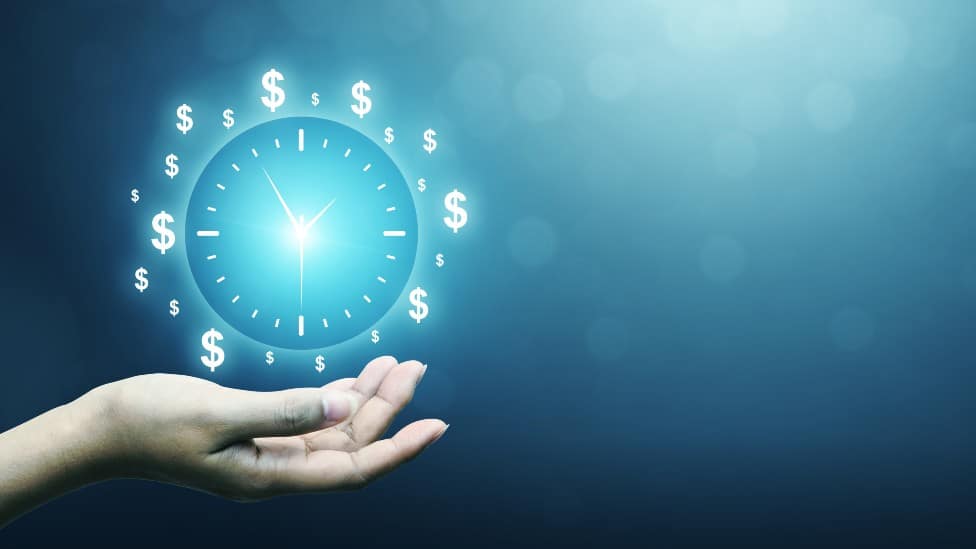XRP (CRYPTO:XRP) is in a bullish trend right now. At US$0.84, it is within striking distance of US$1–a price that bulls have eyed for a long time. At US$1, Ripple would be about halfway to its all-time high. Unlike other cryptocurrencies, XRP (sometimes known as ‘Ripple’) has never regained the highs it reached in the 2017 crypto bull market. Were it to hit $1, we would be seeing momentum that Ripple has rarely delivered in the past.
What could be driving all these gains?
One obvious factor is perceived progress on the SEC lawsuit Ripple is embroiled in. Ripple Labs, the creators of XRP, are being sued by the U.S. Securities and Exchange Commission. The company is generally perceived as being on the winning side, as it has scored a number of procedural wins already. Ripple has evidence of SEC officials admitting that cryptocurrencies aren’t securities, testimony that damages the regulator’s own case. For this reason, many believe that Ripple Labs will either win the lawsuit at trial or settle for a small amount.
Another, less talked about factor is the fact that banks are increasingly using Ripple for payments. Just recently, the Canadian Imperial Bank of Commerce (TSX:CM)(NYSE:CM) announced that it would use the Ripple payment network for international money transfers. Touting the network’s ability to deliver cross-border payments instantaneously, CIBC said it will use Ripple to make it easier to send money worldwide. In this article I will explore why banks like CIBC are adopting Ripple/XRP, and what it could mean for investors.
Why banks love Ripple
One of the reasons why banks love Ripple is because of its transaction times. Ripple boasts 1,500 transactions per second, which is much faster than the average cryptocurrency. There are some tokens, such as Solana, that offer even more, but Ripple has enough to offer near-instantaneous transactions for most use cases. So, it can offer the kind of speed that banks need to make an improvement over their existing infrastructure. This is in contrast to other cryptocurrencies, which are often bogged down by multi-hour transaction times.
Better than Visa?
Not only does Ripple compare favourably to other cryptocurrencies, it’s arguably up there with Visa (NYSE:V) in terms of speed. Visa’s network is thought to be able to accommodate up to 1,700 transactions per second in real world use. Ripple is at 1,500. We’ve got XRP just a little bit behind Visa, but remember that this is an actively supported cryptocurrency with a development team working to support the blockchain. Blockchain upgrades and other technical tweaks could take the transactions per second much higher.
Foolish takeaway
2022 is shaping up to be a banner year for Ripple. Between an apparent lawsuit victory and increasing adoption by banks, it’s really got momentum. Already, XRP is one of 2022’s best performing cryptocurrencies. Throw a lawsuit win and even more bank adoption on top of what we’ve already seen, and we might even get to $1. The future is never 100% certain, but things are looking pretty bright for XRP right now.








